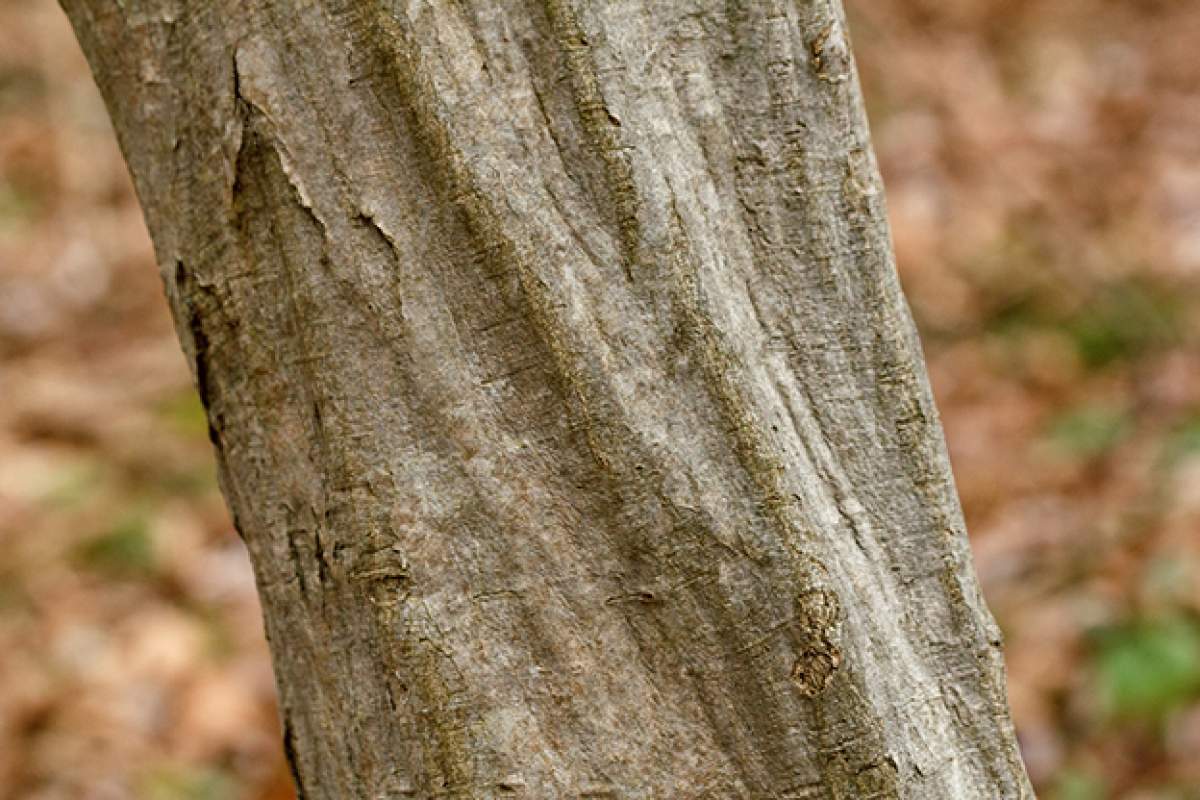
If you're looking for a tree that grows well in part to full shade and also in wet sites, consider our native American Hornbeam, which is a member of the birch family.
The botanical name is Carpinus caroliniana, and it's a fine-textured understory tree that grows well in woodland settings in zones 3 to 9. It prefers moist, organically rich, slightly acidic soil but is adaptable and will grow in heavy (but not compacted) soil and in full sun, and it tolerates wind.
In the spring the early leaves are a red-purple color, and then they turn dark green in summer. The more moisture it gets the denser the foliage. It produces a colorful fall display by first turning yellow and then red. And in winter, one sees the unusual bark with ridges that look muscular.
American Hornbeam grows from 20 to 35 feet tall and wide.
It produces green catkin flowers from April to June, and the male flowers are 1 to 1½ inches long, and the female flowers range between 2 to 3 inches with three lobed bracts. Its fruit is a winged nutlet.
Native Americans used the wood to make bowls and tools, and the hard wood is nowadays is used to make golf clubs and mallets.
Finches and wild turkeys eat the nutlets, and birds and other wildlife enjoy the Hornbeam's zigzagging branches.









